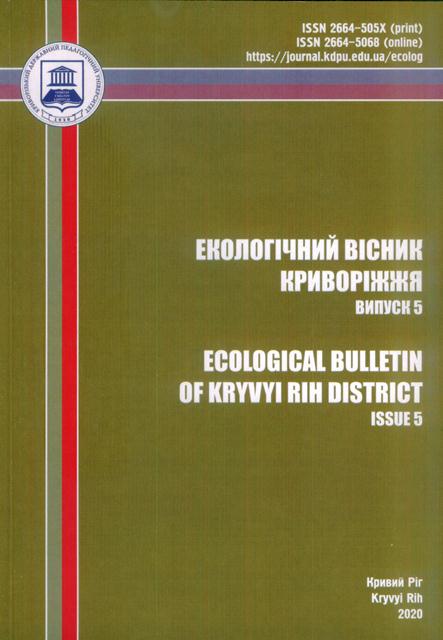ЕКОЛОГО-АГРОНОМІЧНІ СКЛАДОВІ ЕКСПОРТНОГО ПОТЕНЦІАЛУ ТЕПЛИЧНОГО КОМПЛЕКСУ РЕСПУБЛІКИ БІЛОРУСЬ
DOI:
https://doi.org/10.31812/eco-bulletin-krd.v5i0.4356Keywords:
зимние теплицы; овощи; экспортный потенциал; эколого-агрономические компоненты; техническая оснащенностьAbstract
Актуальность наших исследований обусловлено необходимостью поиска резервов для увеличения экспортного потенциала тепличного комплекса Республики Беларусь. Целью работы было проведение анализа экспортного потенциала и технической оснащенности тепличного овощеводства Республики Беларусь и выявление резервов для повышения эффективности функционирования отрасли.
Тепличное овощеводство Республики Беларусь, как отрасль, характеризуется стабильностью производства и динамичным развитием. В настоящее время тепличный комплекс этой страны включает 21 крупнотоварное предприятие, которые производят на общей площади 250,5 га более 94 % тепличной продукции. В среднем за 2016-2018 гг. ими произведено около 135 тыс. тон такой продукции (при средней урожайности 46,92 кг /м2). Значимая ее часть поступает на внешний рынок. Мы полагаем, что основой развития тепличного комплекса республики Беларусь должно стать изыскание возможностей наращивания экспортного потенциала. При этом реальный путь повышения эффективности отрасли – это использование инновационных эколого-агрономических технологических решений.


